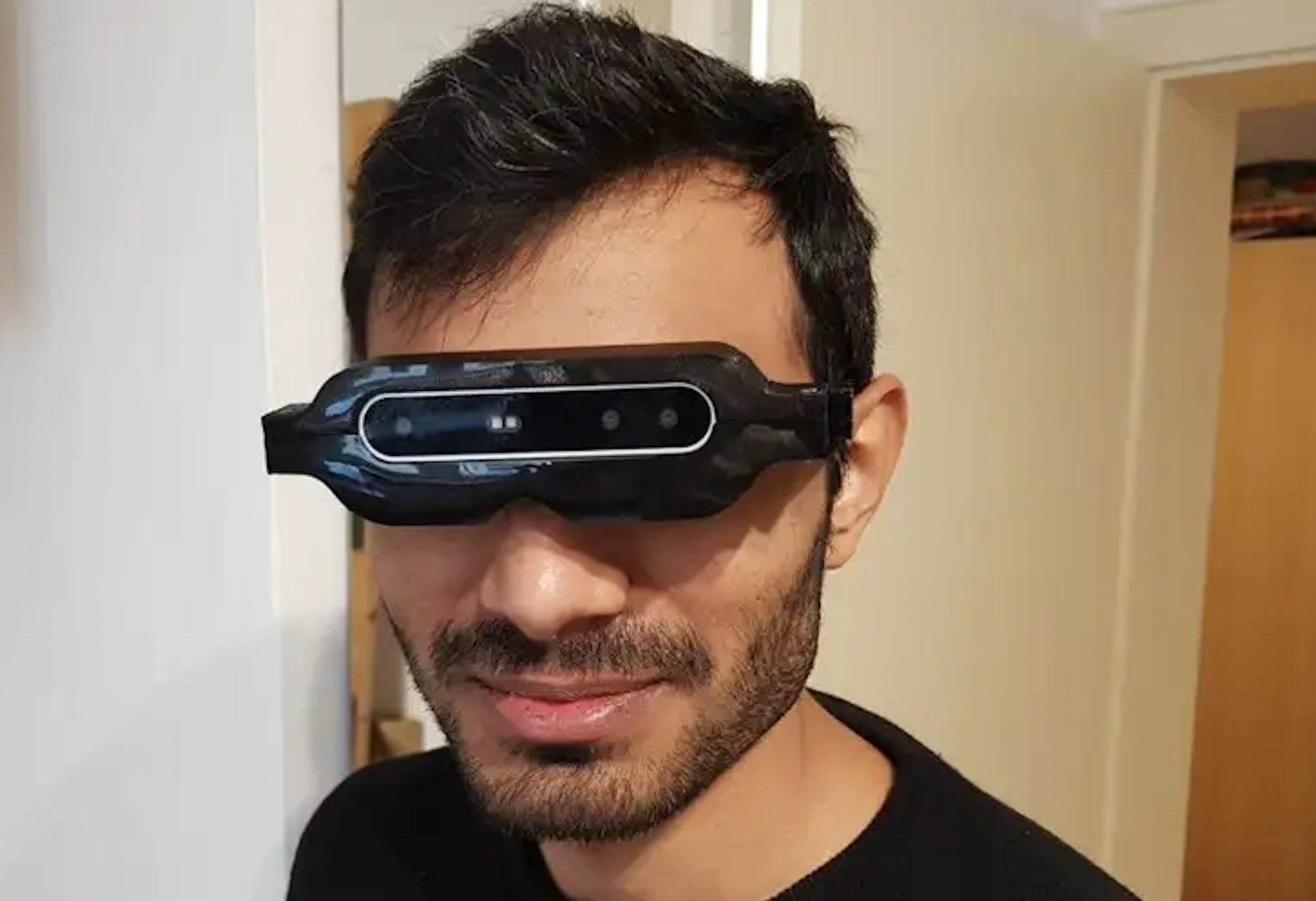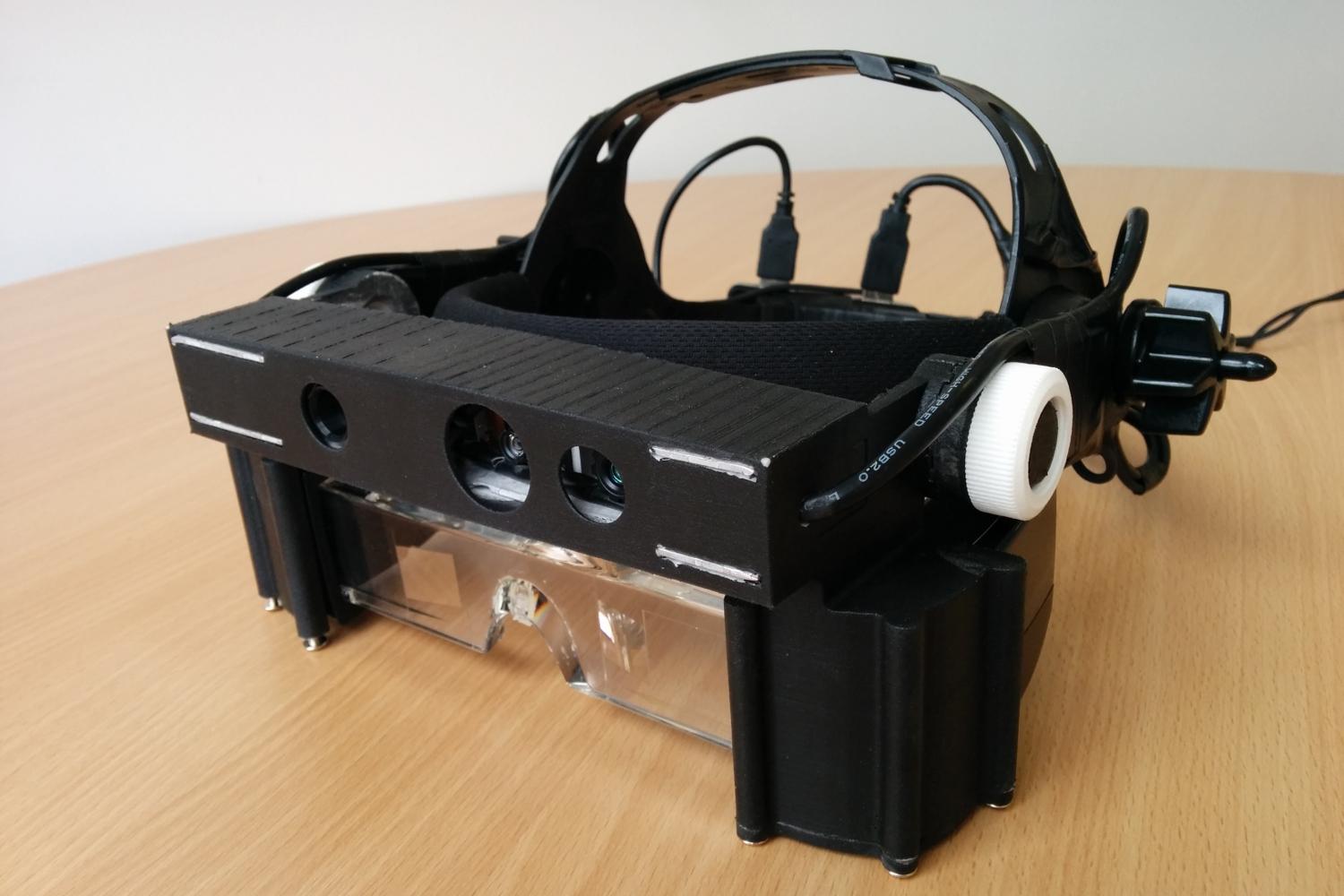Empowering Self-reliance With Assistive Innovation for the Blind
The combination of assistive technology into the lives of people with aesthetic impairments represents a substantial innovation in advertising freedom and self-sufficiency. From ingenious screen readers to advanced wise walking sticks, these tools not only enhance daily navigation and communication yet also encourage individuals to involve meaningfully in various elements of life. As we explore the myriad advantages and real-world applications of these modern technologies, it comes to be critical to examine the underlying elements that add to their performance and the possibility for future advancements in this essential area.
Overview of Assistive Modern Technology

The development of assistive innovation is grounded in concepts of inclusivity and empowerment. Innovations in software application, hardware, and sensory improvements provide individuals with options tailored to their particular requirements. From screen viewers that convert message to speech, to tactile gadgets that share details through touch, these tools change the means people involve with their surroundings.
Along with useful applications, assistive modern technology cultivates greater social incorporation and participation in numerous fields, including education and employment (Screen readers for the blind). As research and growth proceed to advance, the potential for assistive technology to additionally boost the lives of aesthetically damaged people continues to be encouraging, leading the way for an extra fair culture where everyone can thrive
Sorts Of Assistive Devices
A selection of assistive tools have arised to sustain people with aesthetic impairments, each created to satisfy certain needs and improve everyday functioning. These gadgets range from low-tech options to modern advancements, supplying diverse choices for customers.
Low-tech devices include magnifiers and large-print materials that aid in reading and writing. Braille tools, such as Braille stylus pens and slates, enable tactile analysis and interaction. Positioning and movement aids, like white canes, aid customers navigate their atmosphere safely.
On the greater end of the range, digital zoom systems and display viewers provide substantial support. Digital magnifiers allow customers to expand text and images on screens, while display visitors convert digital content into manufactured speech, assisting in accessibility to info on computers and smartphones.
Smartphone applications also play an essential duty, providing attributes like text recognition and navigation help. Wearable modern technology, such as wise glasses geared up with increased truth, is arising as an appealing tool to improve situational recognition.
Advantages of Assistive Innovation
The assimilation of assistive technology substantially improves the top quality of life for individuals with visual disabilities. These technologies equip users by advertising independence, enabling them to navigate their atmospheres a lot more successfully and execute everyday tasks with greater convenience. For example, display viewers and zoom software enable people to gain access to digital info, promoting specialist and educational chances that might have have a peek at these guys formerly run out reach.
Furthermore, assistive gadgets such as clever walking canes and general practitioners applications give real-time navigating support, improving mobility and security. This boosted autonomy not just improves self-confidence but likewise urges social engagement, allowing customers to get involved more fully in their communities.
Assistive technology also assists in interaction, aiding individuals get in touch with others via voice acknowledgment and text-to-speech applications. This ability is essential for keeping connections and accessing vital info.
Furthermore, the customization choices offered with several assistive modern technologies guarantee that users can customize gadgets to their details requirements, additionally enhancing usability and efficiency. In general, the benefits of assistive technology for individuals with visual impairments are profound, promoting a much more comprehensive society where everybody can pursue their goals and desires.
Case Studies and Success Stories
Highlighting the transformative effect of assistive innovation, various situation researches illustrate how people with aesthetic problems have actually efficiently incorporated these read this tools into their day-to-days live. One compelling example entails an university student who utilized screen reading software program to browse on the internet resources and academic products effectively. This innovation not just promoted her education and learning yet likewise improved her self-confidence in participating in discussions and group projects.
One more case research study features a professional who uses a smartphone application made for navigation and item recognition. By utilizing this app, he has actually reclaimed freedom in both his individual and job atmospheres, enabling him to commute independently and anti glare glasses for night driving involve with associates extra successfully.
Furthermore, a retired person shared her experience with braille e-readers, which allowed her to access a large variety of literature and remain gotten in touch with her neighborhood via publication clubs.
These success stories emphasize the important duty of assistive technology in cultivating self-reliance, enhancing top quality of life, and promoting social combination for people with visual impairments (Smart glasses for the visually impaired). By welcoming these innovative devices, users can get rid of challenges and take chances that add to their individual and professional satisfaction

Future Fads in Assistive Technology
Innovation in assistive innovation is poised to redefine the landscape of support for individuals with aesthetic impairments. Arising patterns highlight the integration of expert system (AI) and artificial intelligence, which boost the performance of devices that help with navigating and details access. AI-driven applications are currently qualified of analyzing aesthetic information in real-time, making it possible for individuals to involve with their atmosphere more separately.
In addition, the development of wearable technology is progressing quickly. Smart glasses outfitted with augmented truth (AR) can give audio descriptions of surroundings, transforming how users interact with public areas. These tools not only advertise autonomy however additionally foster social inclusion.
Additionally, the Internet of Points (IoT) is making homes smarter, enabling seamless connection in between assistive tools and everyday home appliances. This connection encourages individuals by enabling voice-activated controls and computerized feedbacks tailored to individual demands.
Conclusion
Finally, assistive modern technology plays a pivotal function in equipping individuals with aesthetic problems by enhancing their freedom and involvement with their environments. The diverse series of applications and devices offered not just assists in navigating and communication yet likewise advertises social integration and chances for personal and specialist growth. As advancements continue in this field, the capacity for boosting the quality of life for those with aesthetic impairments will expand, cultivating greater freedom and empowerment.

Comments on “Mobility Aids for Visually Impaired Users: Moving Through the World with Confidence”